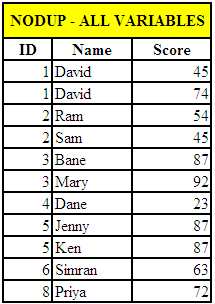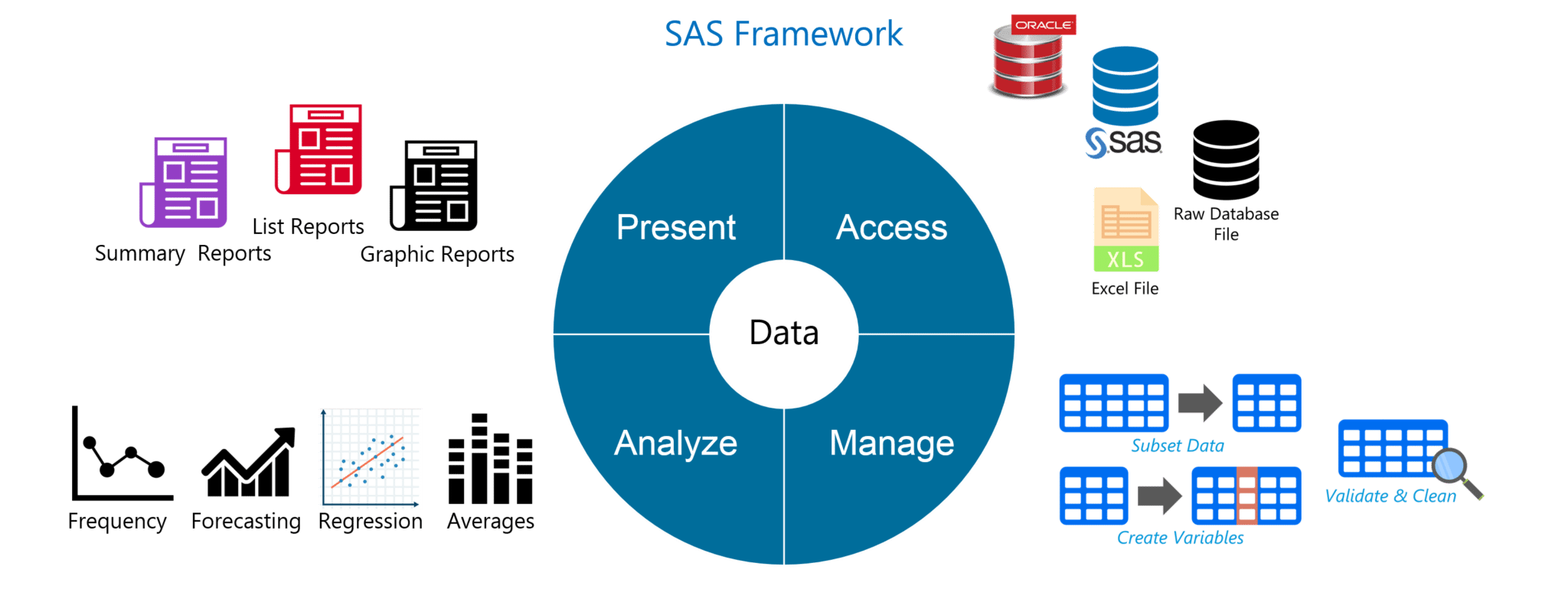


Sometimes the analysis datasets will have the variables not necessarily required to generate the statistical reports but sometimes they may required to generate the ad-hoc reports. The safety as well as efficacy endpoints (parameters) dictate the type of the datasets are required by the clinical study for generating the statistical reports of the TLG s. Variables, which are derived for the raw data, are used to produce the TLG s of the clinical study. Analysis datasets contains the raw data and the variables derived from the raw data. How did you create analyzed data sets? Analysis datasets are nothing but the datasets that are used for the statistical analysis of the data. DM (Demographics), MH (Medical History), AE (Adverse Events), PE (Physical Education), EG (ECG), VS (Vital Signs), CM (Concomitant Medication), LB (Laboratory), QS (Questionnaire), IE (Inclusion and Exclusion), DS (Disposition), DT (Death), XT, SV, SC (Subject Characteristics), CO (Comments), EX (Exposure), PC, PP, TI (Therapeutic Intervention), SUPPCM, SUPPEX, SUPPLB, SUPPMH, SUPPXT, SUPPEG, etc. Approx datasets is required for a study to get analyzed for the safety and efficacy parameters. between How many analyzed data sets did you create? Again it depends on the study and the safety and efficacy parameters that are need to determined from the study. between If the study is phase3 answer should be approx. between If the study is phase2 answer should be approx. If the study is phase1 answer should be approx. Answer to this question depends on the type of the study you have involved in. To get the all these details always refer How many subjects were there? Subjects are nothing but the patients involved in the clinical study. d) Safety parameters only (if it is a phase-1) e) Safety and efficacy parameters if the study is either Phase-2,3or 4. Here are some more details you need to lay down in front of him a) Is it a single blinded or double-blinded study? b) Is it a randomized or non-randomized study? c) How many patients are enrolled. You also need to tell about the name of the drug and the therapeutic area of it. Generating the demographic tables, adverse events and serious adverse events reports.Ģ Can you tell me something about your last project study design? If the interviewer asked you this question, then you need to tell that your current project is on a phase-1 study (or phase-2/phase-3).

Analyzing the data according to the Statistical Analysis Plan (SAP). Creating the Statistical reports using Proc Report, Data _null_ and SAS Macro. Performing data extraction from various repositories and pre-process data when applicable.
#Basic clinical sas interview questions and answers pdf pdf
Creating the Ad hoc reports using the SAS procedures and used ODS statements and PROC TEMPLATE to generate different output formats like HTML, PDF and excel to view them in the web browser. Validating and QC of the efficacy and safety tables. Developing the Macros at various instances for automating listings and graphing of clinical data for analysis. Using the Base SAS (MEANS, FREQ, SUMMARY, TABULATE, REPORT etc) and SAS/STAT procedures (REG, GLM, ANOVA, and UNIVARIATE etc.) for summarization, Cross-Tabulations and statistical analysis purposes. Involved in mapping, pooling and analysis of clinical study data for safety. Developing the SAS programs for listings & tables for data review & presentation including adhoc reports, CRTs as per CDISC, patients listing mapping of safety database and safety tables. Creating and deriving the datasets, listings and summary tables for Phase-I and Phase-II of clinical trials. Developing programs in SAS Base for converting the Oracle Data for a phase II study into SAS datasets using SQL Pass through facility and Libname facility. Extracting the data from various internal and external database (Oracle, DB2, Excel spreadsheets) using SAS/ACCESS, SAS/INPUT. Few more of them, include Central nervous system Neurology Gastroenterology Ophthalmology Orthopedics and pain control Pulmonary Vaccines Dermatology Gene therapy Immunology etc What are your responsibilities? Some of them include not necessarily all of them. therapeutic areas a pharmaceutical company can work on and few of them include, anti-viral (HIV), Alzheimer s, Respiratory, Oncology, Metabolic Disorders (Anti- Diabetic), Neurological, Cardiovascular. 1 SAS Clinical Interview QUESTIONS and ANSWERS What is the therapeutic area you worked earlier? There are so many diff.


 0 kommentar(er)
0 kommentar(er)
